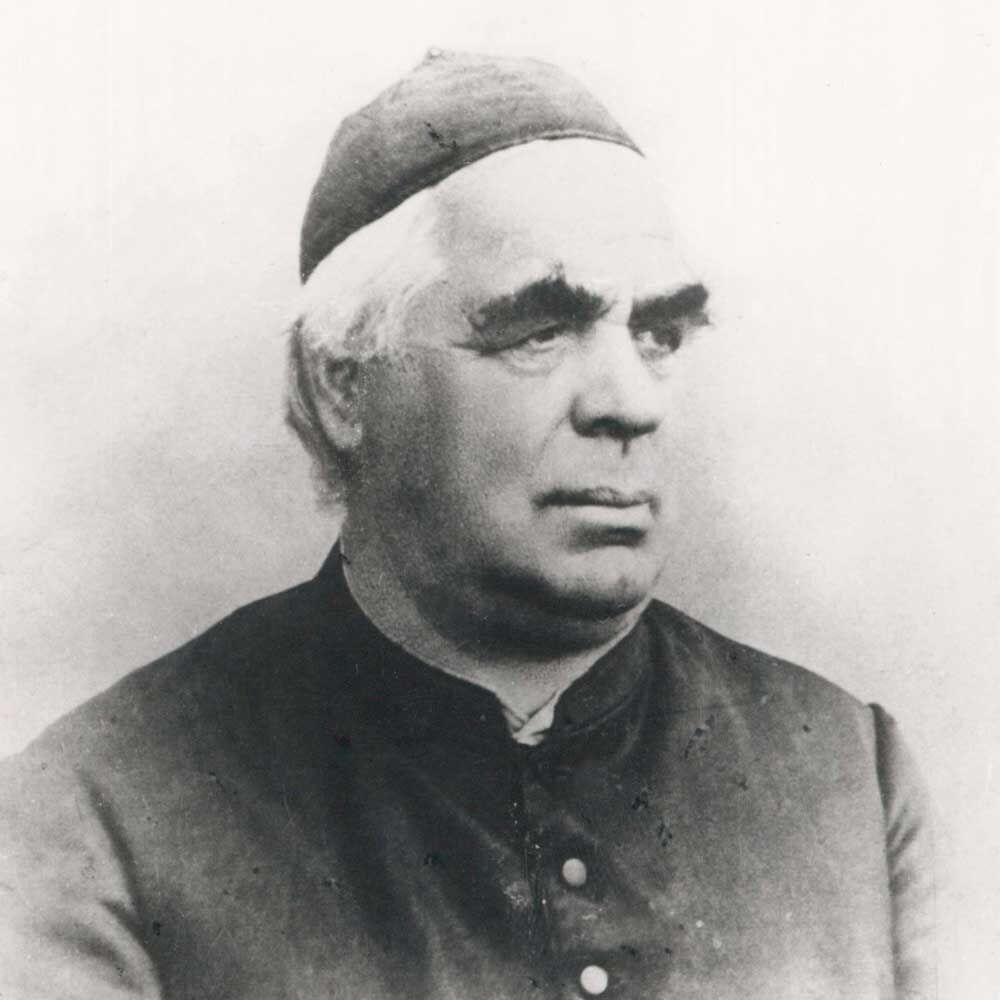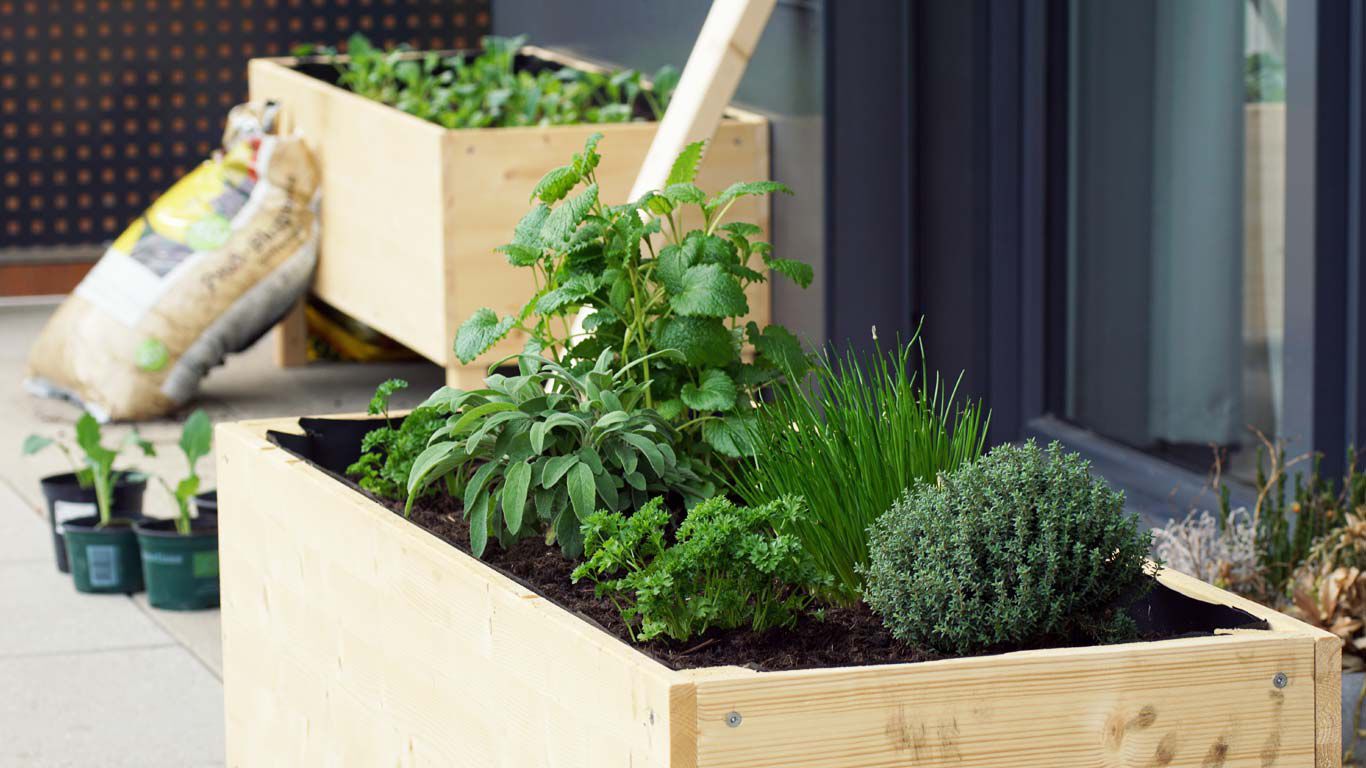For decades, the priest and eponym of the later Kneipp medicine studied over 40 plants for their healing properties; after extensive self-experimentation, he finally supplemented his hydrotherapy with the addition of pure plant-based medicines. Similar to the water treatments, according to Sebastian Kneipp, the intake of medicinal herbs should have a threefold purpose: "To dissolve unhealthy, diseased substances within, to eliminate them, then to strengthen the organism."
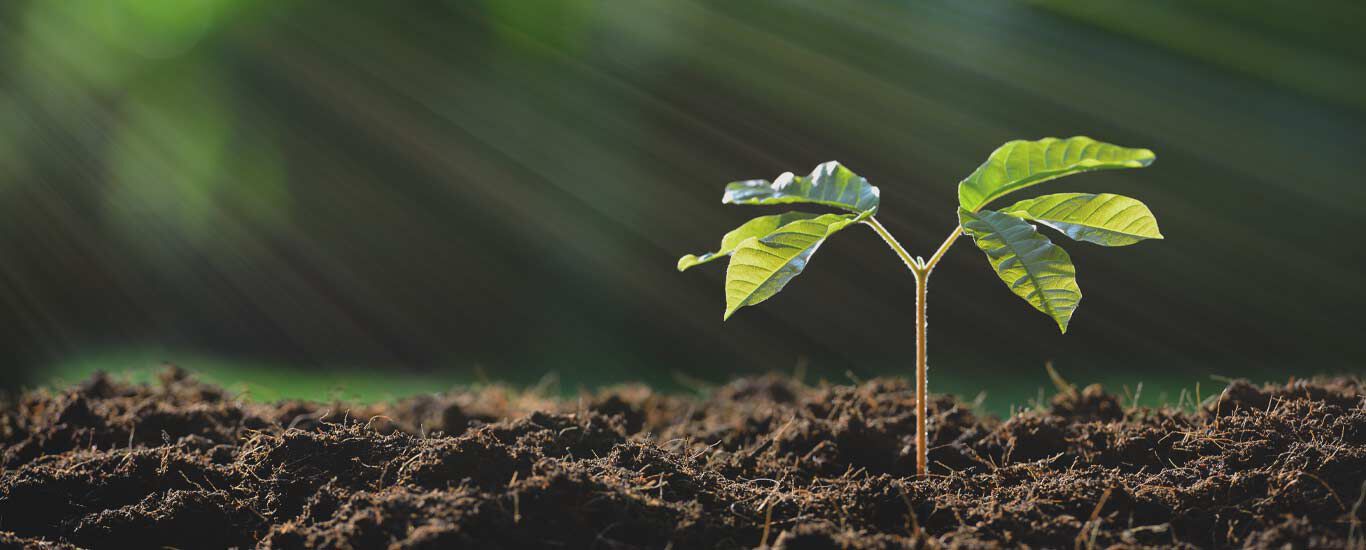
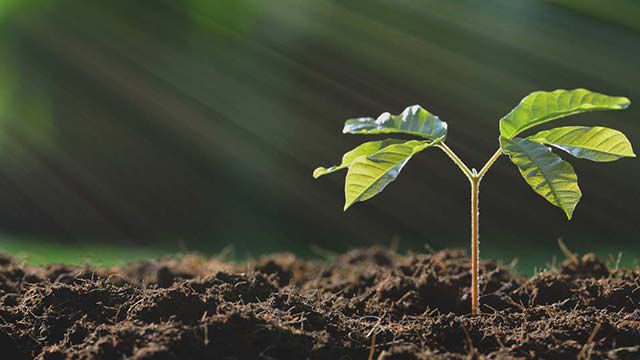
Green treasury: How herbs promote health and well-being
The nose runs, the stomach pinches and the back has also felt better ... so good advice is expensive? Sebastian Kneipp would not have left it at that. Because according to his teachings, there is a herb for just about every ailment - literally.
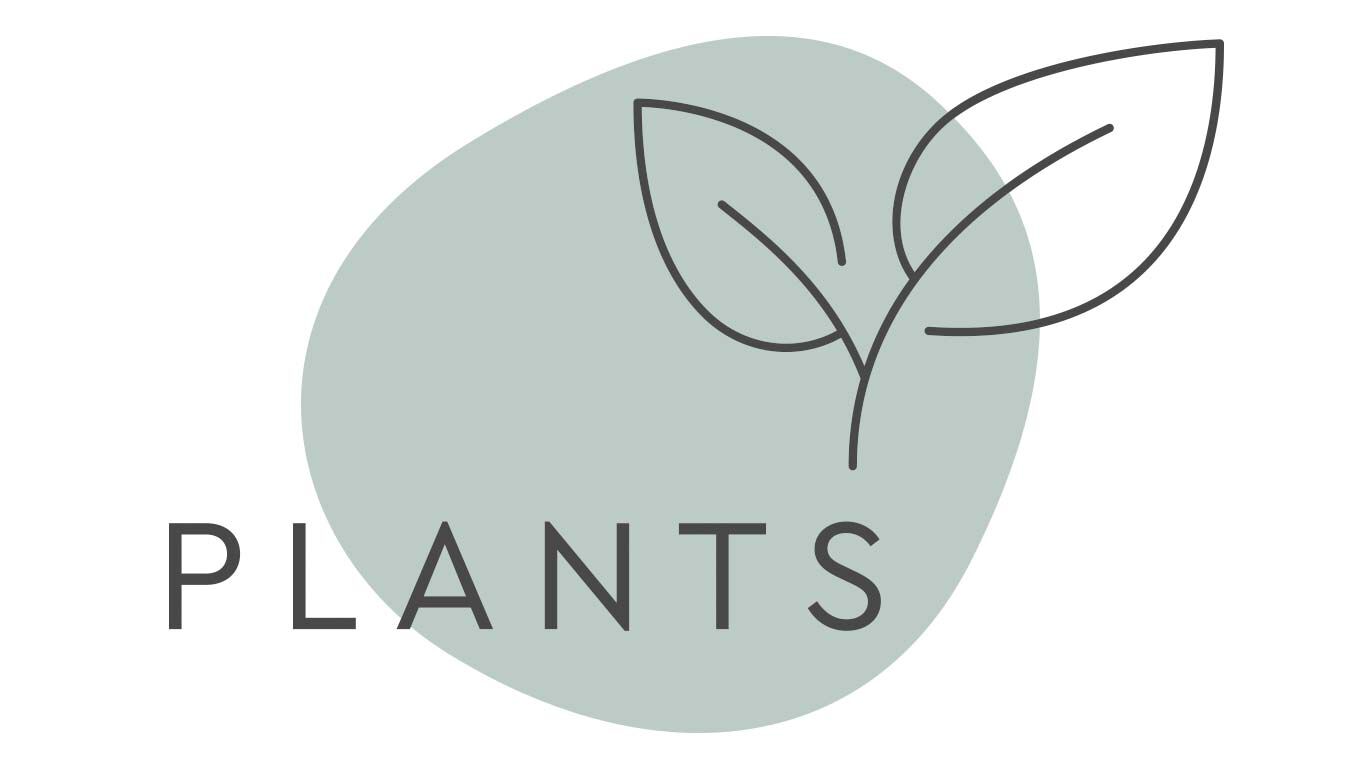
“
The water is the Creator's first pharmacy, the herbs the second. ”
Phytotherapy according to Sebastian Kneipp
Whether as an additive to poultices, watering, baths or teas: Kneipp, the naturopath, was a great believer in herbal ingredients. Used both internally and externally, the plants and herbs were soon able to produce "...marvelous, often great and surprising successes with his patients." For the best possible healing effect, phytotherapy was usually extended to include water applications; in addition, Kneipp recommended in many cases that different herbs be combined with one another - for example, a tea made from sage and wormwood should have both a cleansing and strengthening effect on the affected organ in the case of stomach ailments.
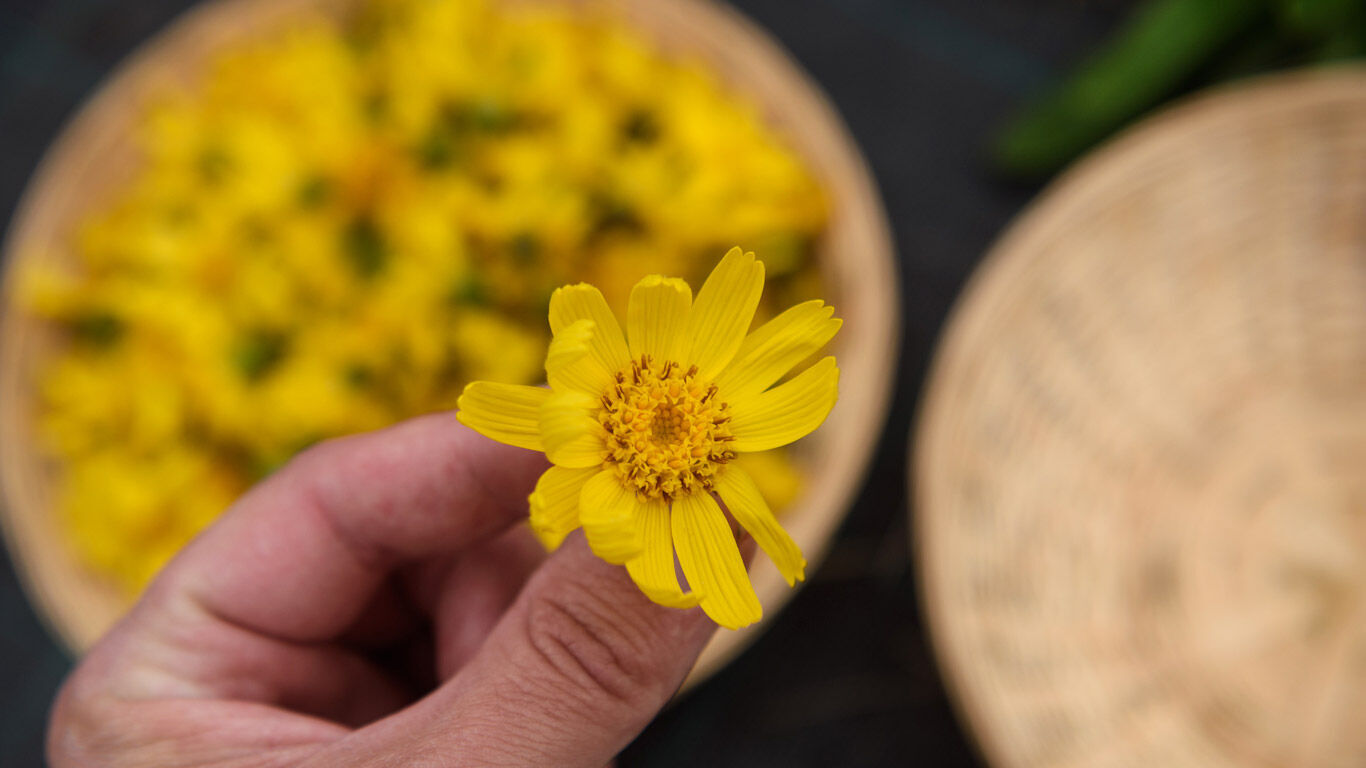
The special thing about the herbal medicine according to Sebastian Kneipp: Most of the plants recommended by him are native to many places and grow comparatively quickly, so that the natural medicine was available easily and inexpensively. Kneipp was particularly fond of one flower in particular: arnica.Arnica.
The bright yellow flower is used for all kinds of ailments - from bruises and muscle aches to inflamed insect bites.
“
Look how great a simple herb can do; we pass it by and pay little or no attention to it. Every single herb has its own individual effect. ”
Medicinal herbs: plants with healing properties from the Middle Ages to early modern times
In developing his therapy, Sebastian Kneipp drew primarily on the tradition of European monastery gardens. The early medicine of the Middle Ages already knew numerous medicinal plants and documented their pharmacological effects. The fact that some medicinal herbs are said to have had almost magical properties in the Middle Ages is probably due to the superstition prevalent at the time.
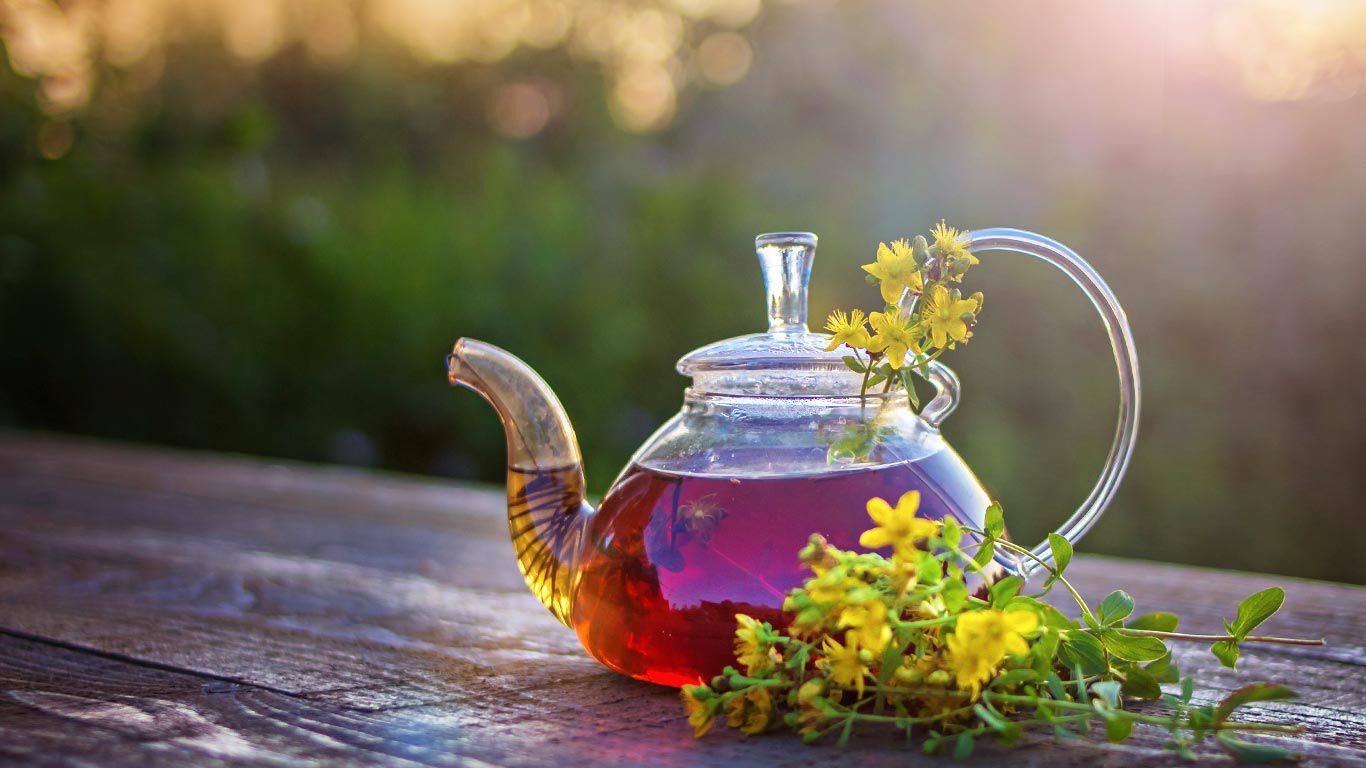
In the subsequent modern era, mugwort, sage & co. were long used only for seasoning or preserving food. It was not until the "herb priest" Kneipp reacquainted the population of the 19th century with the equally gentle and diverse mode of action of plant-based remedies.
But what actually makes an herb a medicinal herb? According to the definition, a plant may be called a medicinal plant if it contains special ingredients that serve to heal or alleviate illnesses. The ingredients can have different effects - for example, anti-inflammatory (myrrh), soothing (St. John's wort) or laxative (rhubarb).
Back to nature: how to plant health herbs today
Admittedly: Many of us today find it difficult to distinguish one plant from another...to distinguish one plant from another. So why not take part in a guided herb tour? Herbal professionals guide us through the world of local wild herbs and tree fruits and explain how you can use the natural ingredients for food, health or as a beauty booster.
And yet another new trend takes us back to nature's treasure trove: the raised bed. While the usual suspects such as lettuce, tomatoes, courgettes & co. cavort in raised vegetable beds, a pure herb bed offers the opportunity to supplement the kitchen and medicine cabinet with many tasty and effective medicinal herbs.
For example, anise, fennel, chamomile, thyme and sage combine particularly well, especially as they are all sun worshippers.
Herbs such as lovage, lemon balm and garlic rue, on the other hand, prefer the shade. But no matter what you choose - true to Kneipp's phytotherapy, why reach far when the good things grow so close?
